A research project led by CIDETEC distinguished by the European Commission as a
Within the ORION project, a new family of materials has been developed combining inorganic nanomaterials and ionic liquids for its application in the field of energy storage and generation.
The ORION project (Ordered Inorganic-Organic Hybrids using Ionic Liquids for Emerging Applications), led by CIDETEC, has recently been selected as a “Success Story” by the European Commission. The success in achieving the scientific and technical objectives raised has enabled this recognition, an achievement that just over 2% of the projects approved so far have achieved.
ORION’s main objective has been the development of a new family of hybrid materials based on the combination of inorganic nanomaterials and ionic liquids. Research has been focused on the generation of these materials for their application in the field of storage and power generation, achieving significant advances in technologies such as lithium-ion batteries and photovoltaics. In this sense, the materials developed under this project have helped increase both the capacity and the speed of battery charge that is of great advantage in the case of applications such as mobile devices or electric vehicles. In the field of photovoltaics, these materials have been used for the manufacturing of Dye-sensitized solar cells with durability in excess of 10,000 hours in accelerated degradation test, resulting in an improvement of over 30% when compared to the state of the art. They have also contributed to the development of perovskite-based solar cells, materials that have recently revolutionized the photovoltaic arena, reaching efficiencies of 15% and leading third generation photovoltaic technologies. Having achieved efficiencies comparable to those obtained when using 2nd generation photovoltaic technologies based on thin layers of semiconductors but with a much lower economic and energy costs, means a breakthrough in the race to marketing this emerging photovoltaic technology.
Results
As clear indicators of the scientific-technological impact the ORION project has had, worthy of mention are the 11 patent applications filed and the more than 75 publications in international scientific journals such as Nature Photonics prestigious, NanoLetters or Advanced Materials. Also, the inclusion of the products developed in the catalogue of some of the industrial partners such as Cegasa (Spain), Johnson Matthey (UK), Fiat (Italy), SOLVIONIC (France) and Solaronix (Switzerland), is a clear sign of the great socio-economic impact the scientific-technical progress of the ORION project has had. Moreover, it is important to note that Centro Ricerche Fiat has undertaken the construction of demonstrators on automotive accessories that combine solar cells and the batteries developed in the project. Specifically, they have built a dimming rear-view mirror and a courtesy light for cars that are activated when the doors are opened.
To quote Dr. Ramon Tena-Zaera, Head of Unit Energy Materials at CIDETEC and project coordinator: “The guided combination of inorganic nanomaterials with organic molecules in the same material allows for the combination of the main benefits of each chemistry”. In this respect, the results achieved in the ORION project have clearly met the expected targets, thus opening promising paths for future developments related to the production, storage and energy efficiency fields. “
Project details
- Project acronym: ORION
- Coordinator: CIDETEC
- Participants: IMEC, CRF, WWU Munster, EPFL, Univ. Valencia, Univ. Jaume I, Solaronix, CNRS,CEA, Nanoco Technologies, CNR, Univ. Mons, Solvionic, J. Heyrovsky Institute, Cegasa, Johnson Mattheny
- Budget: € 9 750 049
- EU contribution: € 6 896 960
- Duration: October 2010 – September 2013
Project website:
https://cidetec.es/ORION/index.html
Article of the European commission:
http://ec.europa.eu/research/infocentre/article_en.cfm?artid=32202









